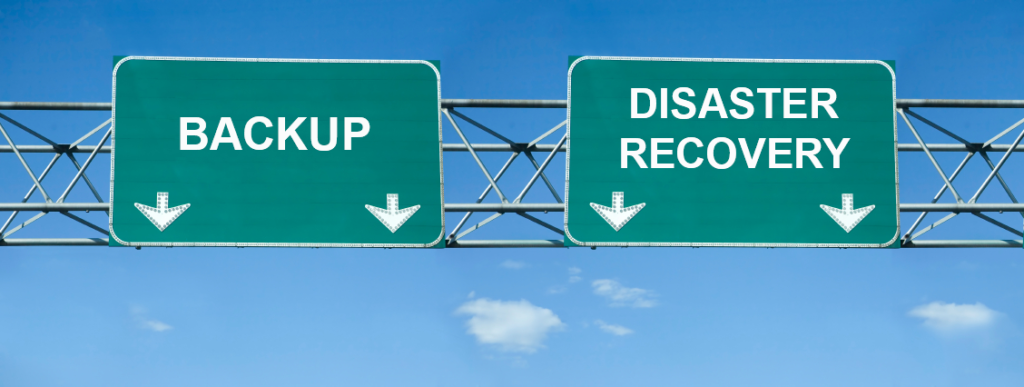

- #DATA BACKUP AND RECOVERY SERVICES NEW MEXICO HOW TO#
- #DATA BACKUP AND RECOVERY SERVICES NEW MEXICO SOFTWARE#
HPE also announced HPE Edge-to-Cloud Adoption Framework, a service for enterprises to assess their overall data-storage strategy with the idea of eventually moving to the cloud. And so we see these fractured deployments,” he added.
#DATA BACKUP AND RECOVERY SERVICES NEW MEXICO HOW TO#
But they've really struggled with how to do that. “When I talk to executives, they always say I need to get to the cloud, I want to go cloud native for these data-intensive workloads. “Organizations have really struggled with the modernization of these data-intensive platforms, talking about these legacy warehouses, lakes and siloed deployments,” Matt Maccaux, global field CTO for HPE Ezmeral, said on a Zoom conference.
#DATA BACKUP AND RECOVERY SERVICES NEW MEXICO SOFTWARE#
HPE has also added Ezmeral Marketplace, a catalog to purchase Ezmeral software from partners, including Nvidia and Apache. HPE also announced HPE Ezmeral Unified Analytics, an on-premises data-lakehouse service that enables enterprises to perform analytics using all their data regardless of what siloes they are stored in.Īs part of the unified analytics offering, HPE launched Ezmeral Data Fabric Object Store, a Kubernetes-powered object-storage service where companies store information they’re processing as part of their analytics tasks. HPE plans to deliver Zerto's disaster-recovery platform as a service via GreenLake, with the promise of helping customers recover from ransomware attacks in minutes. Greenlake for Disaster Recovery is based on the data-management platform HPE acquired earlier this month when it bought Zerto for $374 million. Customers can recover instantly on-prem, and it is particularly aimed at protecting against ransomware attacks. This is purely a service with no hardware purchase requirements. Lower Backup TCO with Self-Protecting Storage.The backup and recovery service allows enterprises to back up on-premises virtual machines to the public cloud.

Retaining multiple copies of data provides the insurance and flexibility to restore to a point in time not affected by data corruption or malicious attacks. The more time passes between backup copies, the more potential for data loss when recovering from a backup.

The possibility of weather-related events may justify having copies of data at remote locations.įor best results, backup copies are made on a consistent, regular basis to minimize the amount data lost between backups. The alternate medium can be in the same location as the primary data or at a remote location. This additional medium can be as simple as an external drive or USB stick, or something more substantial, such as a disk storage system, cloud storage container, or tape drive. Storing the copy of the data on separate medium is critical to protect against primary data loss or corruption. Backup copies allow data to be restored from an earlier point in time to help the business recover from an unplanned event. Primary data failures can be the result of hardware or software failure, data corruption, or a human-caused event, such as a malicious attack (virus or malware), or accidental deletion of data. The purpose of the backup is to create a copy of data that can be recovered in the event of a primary data failure. Recovery from a backup typically involves restoring the data to the original location, or to an alternate location where it can be used in place of the lost or damaged data.Ī proper backup copy is stored in a separate system or medium, such as tape, from the primary data to protect against the possibility of data loss due to primary hardware or software failure. This is sometimes referred to as operational recovery. Backup and recovery describes the process of creating and storing copies of data that can be used to protect organizations against data loss.


 0 kommentar(er)
0 kommentar(er)
